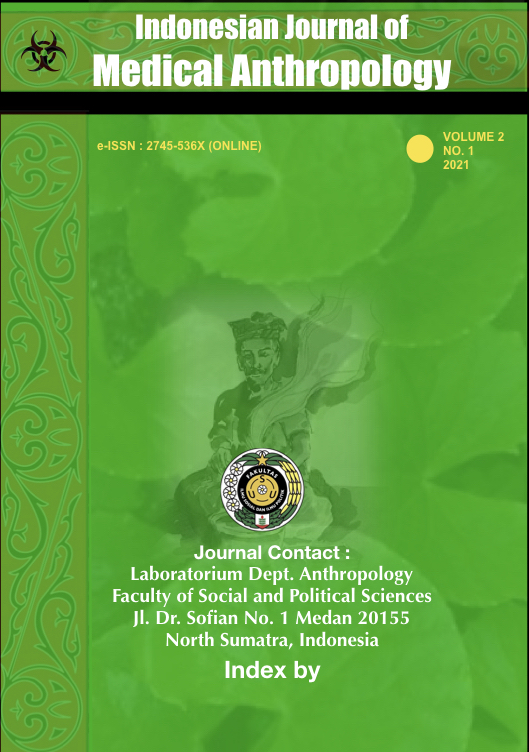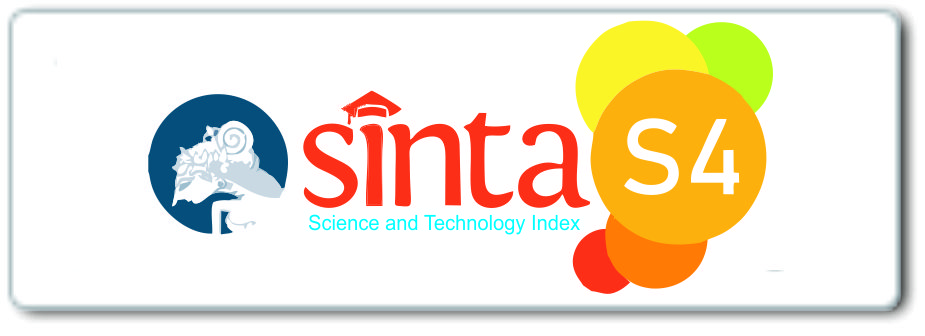The Influencing Factors for A Pregnant Mother give Birth with Traditional Birth Attendant (A Case Study in. Bangko District, Rokan Hilir Regency, Riau)
DOI:
https://doi.org/10.32734/ijma.v2i1.5304Keywords:
The Influencing factors for a pregnant Mother, Give Birth, Traditional Birth Attendant.Abstract
This study discusses the existence of traditional birth attendant services in the district. Bangko till now. The purpose of this study was to describe the factors that influence pregnant women to give birth by using traditional birth attendants and also services provided by traditional birth attendants to pregnant women. This research is a descriptive type with a qualitative approach. The methods used in data collection were participatory observation and interviews, with informants, namely mothers who had given birth to traditional birth attendant and traditional birth attendant themselves. The results of the study are the factors that influence pregnant women who give birth with traditional birth attendants, namely the existence of hereditary habits, beliefs, social relations between patients and traditional birth attendants, social and economic conditions and background of mothers who give birth at a traditional birth attendant, more services for the traditional birth attendant. plenary, far health service distance with difficult transportation, and fear of using medical equipment. While the care provided by the traditional birth attendant includes examination of the patient's womb, the delivery process, and post-delivery services.
Downloads
Downloads
Published
How to Cite
Issue
Section
License
Copyright (c) 2021 Indonesian Journal of Medical Anthropology

This work is licensed under a Creative Commons Attribution-ShareAlike 4.0 International License.











